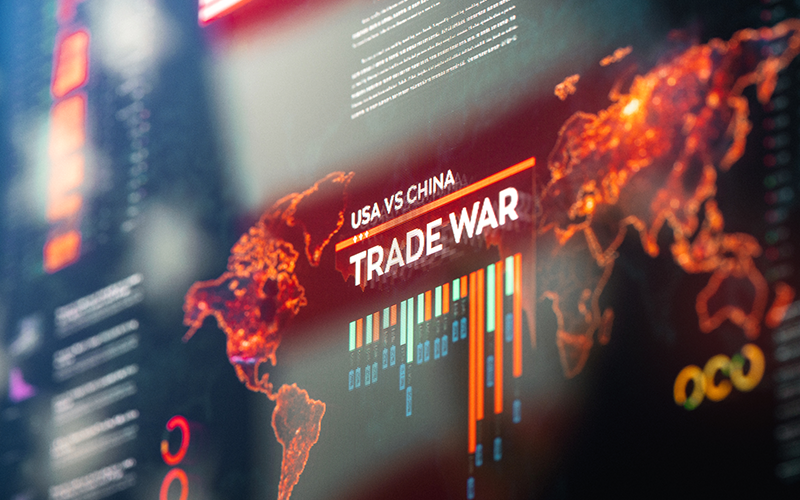As of 2023, the US and China account for 42% of the world’s gross domestic product (GDP). These substantial GDP contributions, coupled with their significant military shares, have made their long-standing trade war a more serious affair. In this whirlwind, Southeast Asia finds itself increasingly entangled, particularly following President Donald Trump's re-election.
This renewed tension has escalated existing concerns over China's economic imbalances, which have already prompted several Association of Southeast Asian Nations (ASEAN) governments to implement anti-dumping measures against Chinese products in response to domestic business pressures.
A second Trump presidency could see US-China economic decoupling move beyond tariffs towards a broader, more aggressive economic containment strategy. This could possibly involve strategies such as secondary sanctions on third-party companies or countries.
In simpler terms, this would mean pressuring global firms to choose between access to the US market or doing business with China. Given ASEAN’s consistent trade surplus with the US, countries in the region could face strict US tariffs if Trump determines that the surge in Southeast Asian exports to the US is being driven by Chinese firms rerouting goods through the region to evade anti-China trade restrictions.






